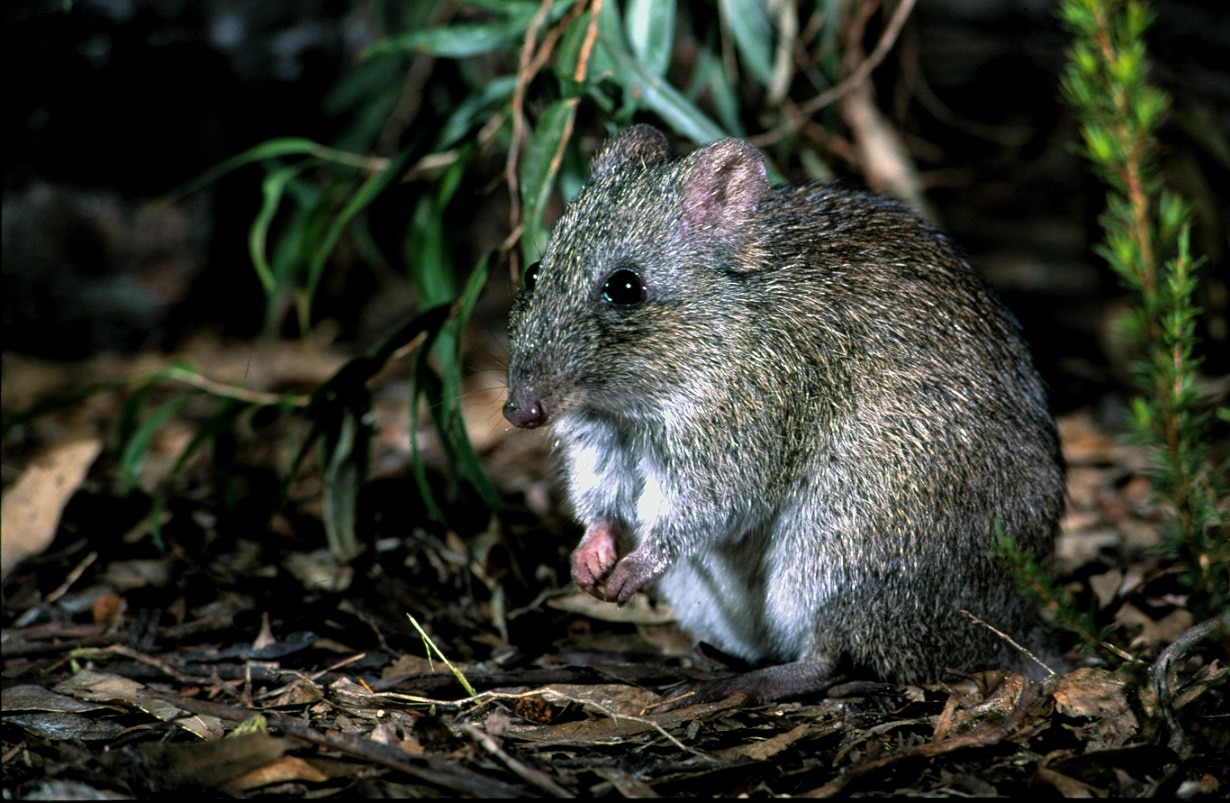The Western Australian Feral Cat Working Group
Improving the trajectory of Western Australian native fauna conservation outcomes through collaborative, effective, resource-efficient and humane management of feral cats
How many cats?
There are 1.4 - 5.6 million feral cats in Australia,
consuming 466 million reptiles, 265 million birds and 815 million mammals every year.
Ongoing extinctions
Feral cats have already contributed to the extinction of 34 Australian mammal species, including the long-tailed hopping mouse, the desert bandicoot, and the crescent nailtail wallaby.
Fenced safe havens
There are 28 cat and fox proof exclosures on the Australian mainland. These protect 38 different species considered to be at extreme risk of extinction from feral cat predation.
What do they hunt?
Feral cats have been documented to eat 151 different Australian mammal species, varying in size from small dunnarts, lizards and birds, to large mammals such as rock wallabies.
Indoor cats live better
Cats living indoors live for an average of 12-18 years, compared to an average of 3 years roaming.
Roaming cats risk severe injury from roads, fights, snakebite and disease.
Unprecedented losses
Many species that used to be commonly found across Australia are now found only on islands or within fenced enclosures, where they are protected from cat predation
Ecosystem unravelling
Loss of digging species such as bilbies, woylies and boodies from the environment has big impacts on vegetation, seed germination and fire impacts.
Cultural impacts
Many of the species that are threatened by cats have important cultural significance to Aboriginal Traditional Owners. These animals are important for stories, status, knowledge sharing and as food resources.
Species at risk
Australian animals are more likely to be at risk of extinction from cat predation if they are nocturnal, live in an open environment, or forage or nest on the ground
Pet cats kill wildlife
Cats in urban environments kill 30-50 times more mammals, birds and reptiles per square km than feral cats.
Successful invaders
Cats are not native to Australia, they were introduced from sailing ships in 1788. Since then, they have spread to every habitat, from alpine mountains to the arid desert.
Adept predators
One feral cat preys on 748 reptiles, birds and mammals every year.
Native populations in decline
Feral cat (and fox) predation has caused many mammals, including the numbat, to disappear from most of their natural range. Western Australia now has the last remaining wild populations of numbats.
Not my cat?
It is estimated that pet cats bring home just 15% of their prey. One pet cat can prey on 100 native animals every year.
Cost to our farmers
Feral cats cost Australian agriculture $12 million each year as a result of cat-dependant diseases such as toxoplasmosis.
Find us on social media
Image credits on this page
Mike Johnston, Judy Dunlop, Emma Spencer, Isaac Grant, Barry Brook, Ivan Reynolds, Dick Walker






